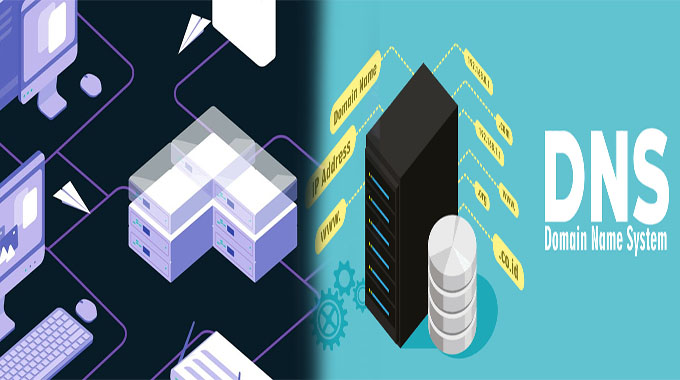A Beginner’s Guide To The Domain Name System (DNS)
The Domain Name System (DNS) is one of the most important elements of the internet, but it’s also one of the most complex. Understanding how DNS works not only helps you get around in your browser, but also empowers you to better understand and troubleshoot websites that run on servers. With this beginner’s guide to DNS, I’ll introduce you to everything from basic concepts like domain names and domain name servers to advanced topics like name records and record types. We’ll cover authoritative vs. recursive name servers; how they work together; what changes when a domain is transferred; why some sites give you bad results when they’re not responding properly; plus much more!
The domain name system, or DNS, is a system of computers that translates human-readable website names into machine-readable IP addresses. In other words, when you type “google.com” into your browser’s address bar and press Enter, the DNS …















